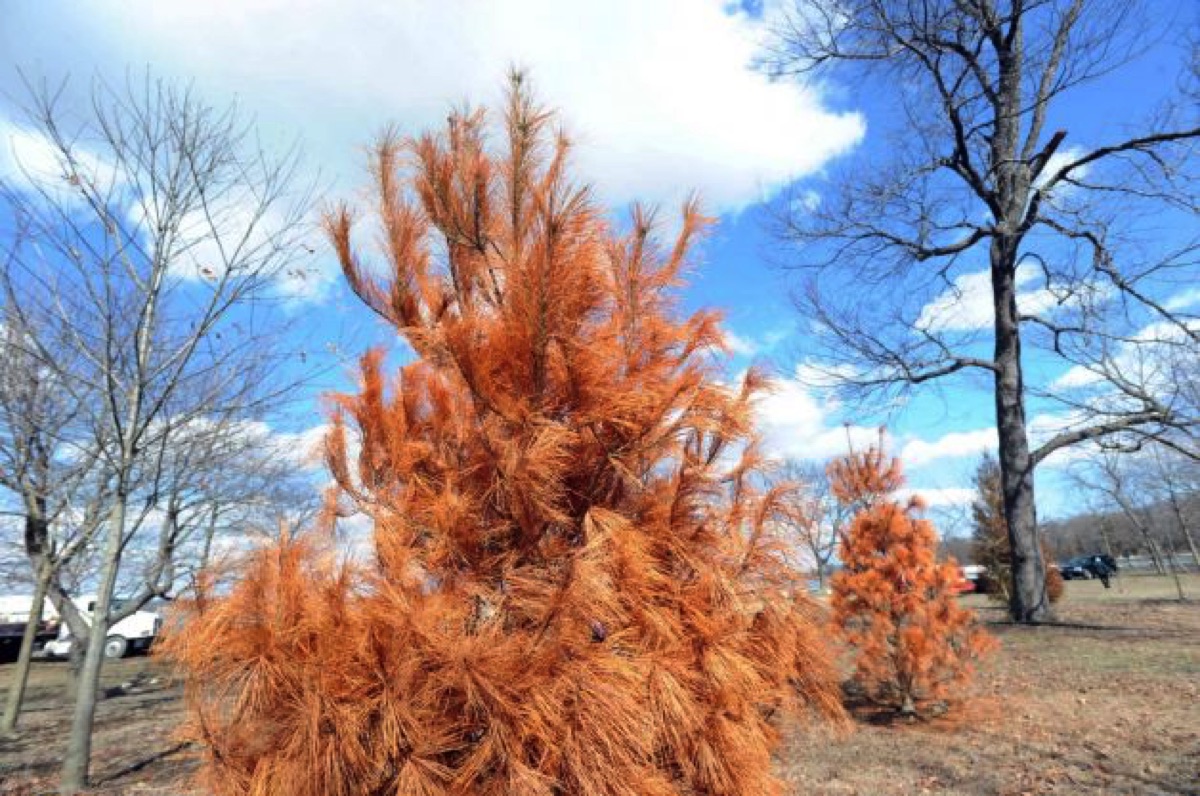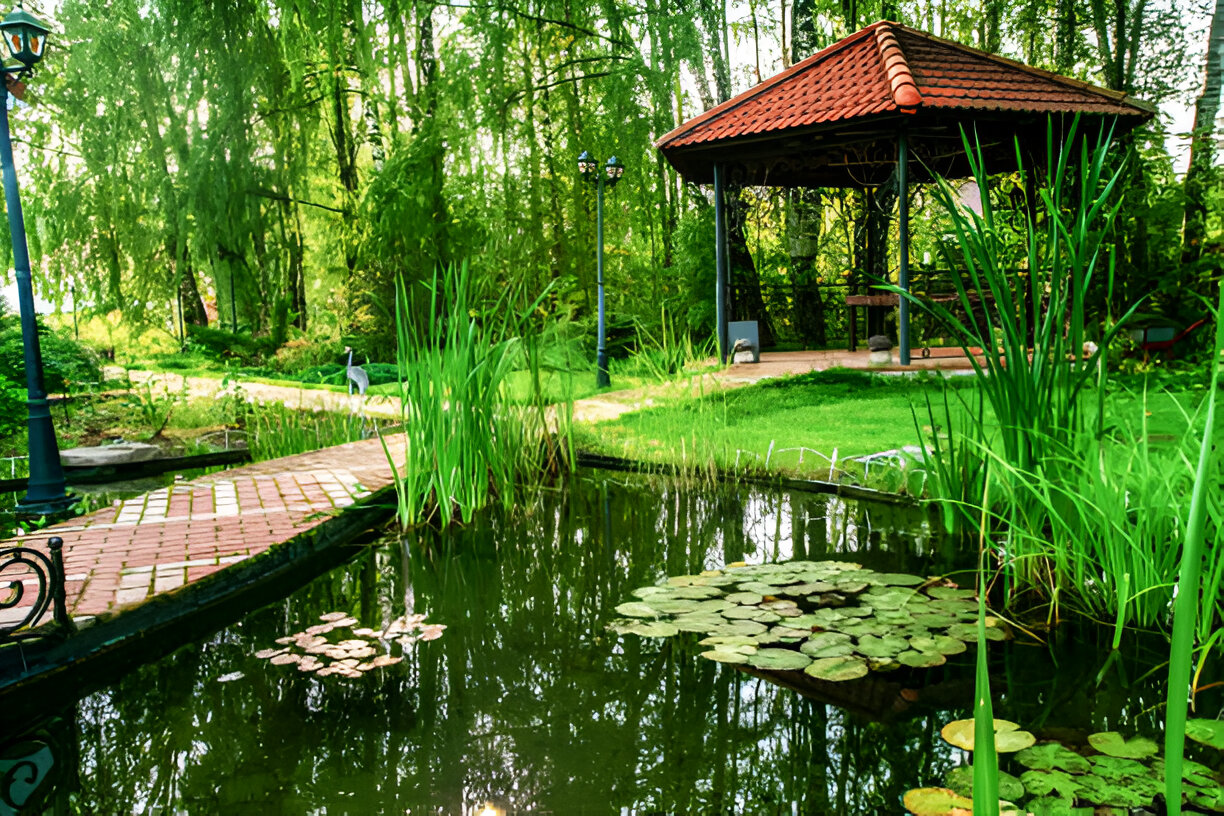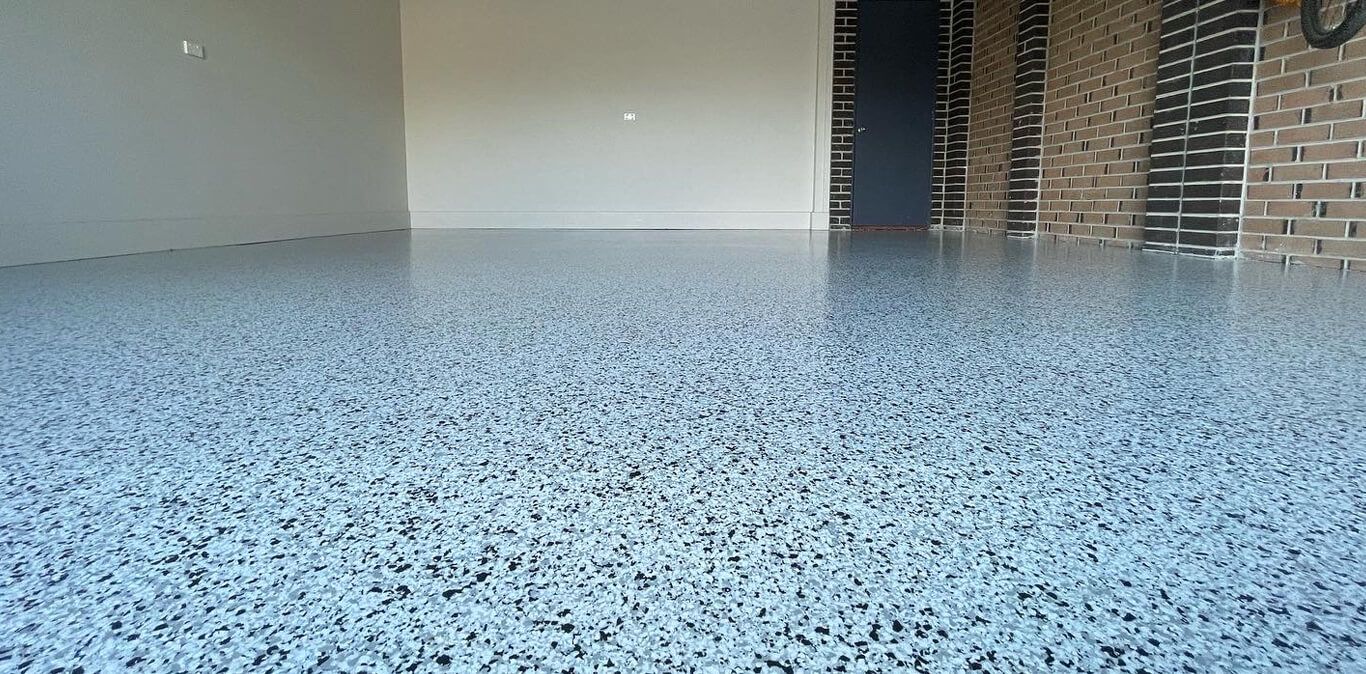Quality landscaping around your home is important. It can boost your curb appeal, bring a sense of pride, help control water, and improve air quality. Unfortunately, caring for the trees in your landscape can be challenging. If you’ve been noticing dying trees, there are a few potential culprits.
- Pest Infestation
Pests could be a major contributor to decreased health of your trees. Large pests such as deer, squirrels, and porcupines leave damaged bark from gnawing. Insects and mites often have subtler evidence. If you notice small holes, dull foliage, spotting, or chewed leaves, you may have an infestation. You can consult tree specialists Atlanta GA, to help determine and treat the cause.
- Prolonged Drought
There are two ways in which drought can harm your trees. A tree’s roots will not properly develop if there is a lack of sufficient water. While the death of your tree from low water may take months or years, it can appear to happen overnight if you don’t watch for signs such as wilted leaves, color changes, shrinkage, and cracks. A dry tree will also become more susceptible to pests and fungi.
- Over Saturation
You can have too much of a good thing. Too much water can be just as harmful to trees as a drought. Certain trees such as river birch and sycamores may thrive in wet, saturated environments, but other species suffer. Signs of overwatering often include withering new growth, fragile leaves, root rot, and dying limbs.
- Nutrient Deficiency
Trees pull nutrients from the water and soil. There are 16 elements trees need to survive. Extreme deficiency of nutrients can cause yellow leaves, limp foliage, and small fruit. Soil testing can confirm your pH level and which nutrients are low.
These are just a few of the reasons your landscaping may be suffering. Consult a professional to help save your trees today.




